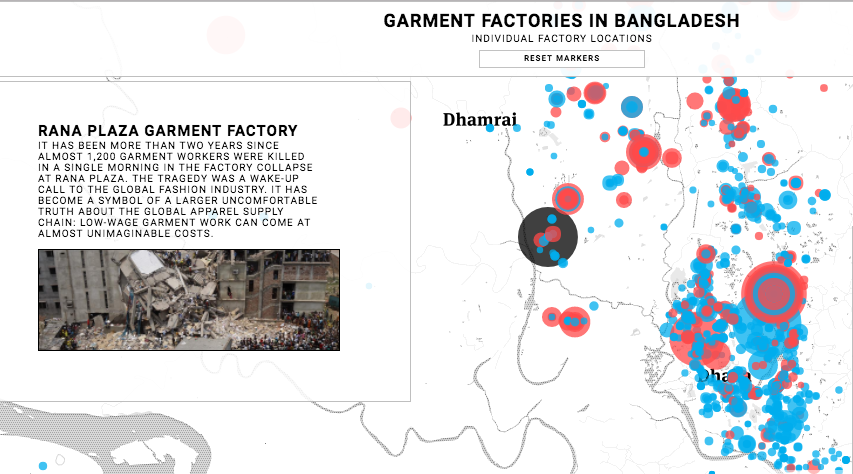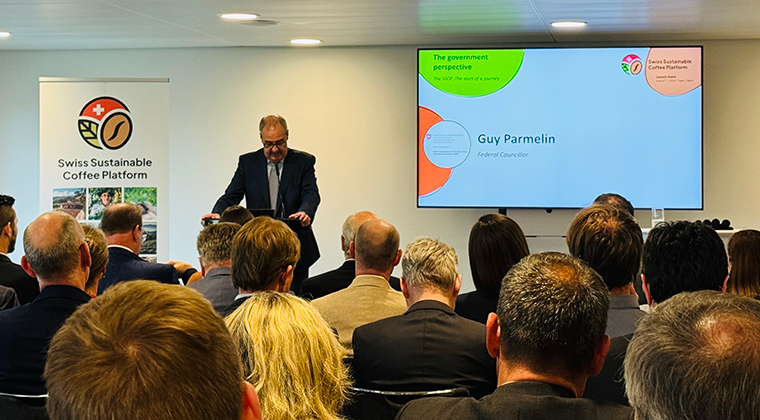Assessing the true size of the garment industry in Bangladesh and why it matters

August 8, 2017
In 2015 the NYU Stern Center for Business and Human Rights released the findings of an 18-month study looking at the actual size of the garment industry in Bangladesh. The report concluded that there are more than 7,000 garment factories producing for the export market. The report revealed thousands of previously unacknowledged subcontracting factories in a country with chronic factory safety concerns.
A recently released follow-up study from the BRAC University’s Centre for Entrepreneurship Development in Dhaka, confirms the NYU Stern Center’s findings. Using a similar methodology that combines analysis of several online databases and field research the BRAC University Center found over 8,000 garment factories in Bangladesh (please see the comparison table below). Sponsored by the C&A Foundation, this study reveals that over one third of the garment facilities identified are subcontractors and most of these facilities are not registered with any of the local Bangladesh industry associations.
Why does this matter? What the findings of these two studies reveal is that as many as 3 million workers are employed in workplaces that fall outside the scope of any current monitoring or remediation mechanisms. While many local suppliers say the industry has consolidated since 2015, the findings of these two parallel studies make clear that a significant number of subcontracting factories continue to produce garments. These factories remain outside the scope of the most important international factory safety initiatives that were created in the aftermath of the 2013 Rana Plaza tragedy. Among these initiatives are two international umbrella organizations, the Bangladesh Accord, and the Alliance for Bangladesh Workplace Safety, each formed by global brands and retailers in 2013. Together these two organizations include over 200 international brands and retailers, all of whom have made commitments to address factory safety issues in order to make Bangladesh’s garment sector safe and sustainable.
In April the NYU Stern Center assessed the progress reports of these organizations and found that less than 100 factories had been fully remediated under the systems put in place by the Accord and Alliance. While some remediation efforts have begun to take place at hundreds of additional factories, it is clear that much remains to be done.
Looking to the future the Bangladesh Accord recently announced an extension of its mandate until 2021 but this decision is being challenged by both the government of Bangladesh and by local manufactures through their trade association, the BGMEA.
It is encouraging that BRAC, supported by the C&A Foundation and endorsed by the BGMEA (Bangladesh’ largest industry trade association), has just announced a second phase of their mapping efforts, to follow their initial finding of 8,000 facilities. Their plan is to use the same field research methodology and digitally map the entire industry in Bangladesh. If they succeed in creating a map that includes both registered facilities and subcontractors, stakeholders can begin to have a more informed conversation about what it takes to upgrade the sector as a whole and where to prioritize funds.
Understanding the true scope of the problem could also move the discussion beyond remediating individual factories to addressing systemic issues including infrastructure challenges. For example, we have pointed out that fixing an overstretched electrical grid will be crucial for creating a sustainable and functional manufacturing industry. To address these systemic issues, international finance institutions, the Bangladesh government, foreign donors and governments need to contribute and work towards the implementation of a comprehensive factory safety plan.


 Global Labor
Global Labor


